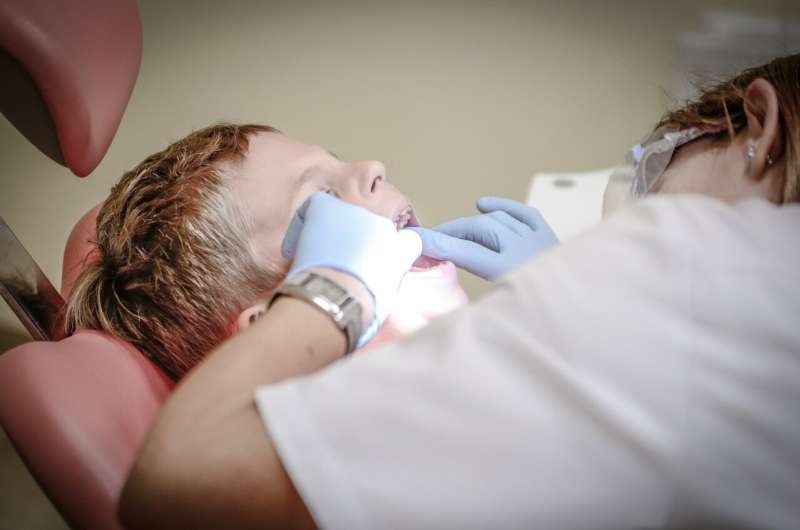Patients who are afraid of dental care should be identified and the fear alleviated at an early age

Treating the fear of dental care in childhood is effective and predicts more regular dental examinations later in life, according to a study by the University of Oulu, Finland.
Approximately one in two adults say that they are at least somewhat afraid of dental care, and one in ten says that they are very afraid. One manifestation of dental fear is the avoidance of treatment, which can lead to a vicious circle of deteriorating oral health and pain treatment.
The study followed patients treated at the Clinic for Fearful Dental Patients (CFDP) of the City of Oulu. At the clinic, patients receive help with their dental fear alongside dental treatment as part of comprehensive treatment. The operating model is quite unique in Finland, when the focus is both in dealing with dental fear and simultaneously giving necessary care.
The study investigated the long-term effects of the fear treatment period, i.e. whether patients visited their own clinics for examinations after the end of treatment in the CFDP; whether they did not visit dental care at all or how often they had to go to primary health care for emergency treatment. The ten-year follow-up included a total of 152 patients.
"The low-threshold treatment of dental fear in primary health care in conjunction with the dental care of the patient has only been studied to a limited extent. A study on long-term effects has not been published before," says head researcher, dental specialist Taina Kankaala.
Treating the fear of dental care in childhood is effective
According to the study, a childhood care period (at the age of 2–10) at the dental fear clinic was associated with a higher number of dental examinations later on compared to treatment at older age.
"It was also surprising, how well those who were successfully treated at the fear clinic coped with dental care in primary health care later on. On the other hand, it was as expected that if the treatment was unsuccessful for one reason or another, dental care visits would not be regular later on," Kankaala says.
According to a previous study by the research team, up to seven out of ten patients are successfully treated at the fear clinic, so that patients can be treated in primary health care successfully and a new referral to the fear clinic is not needed.
Patients who are afraid should be identified
According to Kankaala, the fear of dental treatment should be discussed, especially if the patient cancels appointments, does not come to dental care at all or repeatedly seeks emergency treatment for pain.
"Patients who are afraid should be identified and their dental fear alleviated at an early age. Fearful patients can be challenging, and their treatment can be burdensome for oral health care workers. If the situation is not addressed, contrary to common belief, the child's severe fear of dental care will usually not ease as the child grows. Appropriate, individually designed treatment of dental fear benefits not only the patient but also the medical staff, as well as reducing the costs of treatment for all parties in the long term," Kankaala says.
More information: Taina Kankaala et al, 10-year follow-up study on attendance pattern after dental treatment in primary oral health care clinic for fearful patients, BMC Oral Health (2021). DOI: 10.1186/s12903-021-01869-6




















